
Around a hundred thousand years ago, our ancestors lived in communities as hunters and gatherers. Humans’ most basic instinct – hunting and gathering – occupies more than 90% of human history. Cavemen spent 15-20hrs a week hunting and gathering the food they needed to survive. The gatherers, women in most of the cases, were responsible for 90% of the effort i.e. choose, select, store for consumption. This lifestyle likely played a central role in humanity’s success, as it enabled humans to start sharing and combining their individual knowledge with others and in this way come up with innovative solutions.
Humans have had compulsions to collect for centuries. Successful e-commerce companies appeal to human hunter-gatherer instincts. Flipkart, one of the successful e-commerce companies, had correctly looked at the hunt-gather instincts of Indian online users and sold the products to them while satiating their requirements as hunters and gatherers.
Flipkart is a name we associate with one of the most successful Indian entrepreneurship and ingenuity. It began as an online bookstore and soon came to be known for its ‘customer obsession’. Mihir Dalal, the author of ‘Big Billion Start-up: The Untold Story’, has written the detailed story of Flipkart founders and their journey of Flipkart to make it India’s biggest start-up that redefined e-commerce, entrepreneurship, and the way Indians shop and live. While he has beautifully captured the astounding story of how founders started with only books to be sold as a category on e-commerce site, and when the startup’s reputation grew – how the venture capitalists started lining up to invest heavily in the company that stood for bold ambition, unabashed consumerism and the virtues of technology, how big money, power, and hubris weakened the founders’ control over their creation and forced them to sell out to one of the world’s biggest retailer.
I would like to analyze this story from product building perspective i.e. what were Indian online users doing online and what used to motivate them to shop online, what were the factors involved to increase the online purchase from customers, and build trust, how do they make decisions while making an online purchase and how they measure success which is important to them and for the company (from revenue generation point of view). Let’s begin…
Ecommerce state of affairs in 2007
E-commerce was very tiny at that time with few well-known sites, leading among them Indiaplaza, Rediff, Indiatimes, having a range of products e.g. books, laptops, CDs. But the volume of sales was minuscule. Nearly every aspect of e-commerce was suffering. What exactly were customers’ pain-points? Let’s find out using jobs-to-be-done analysis:
JTBD analysis:
As I’ve mentioned in this story, the following is the statement structure for a ‘Job-to-be-Done’:
When (situation) —– I want to (motivation) —— so that (benefit) ——
Jobs-to-be-done from customers during 2000’s e-commerce time would be:
1: When I want to buy any item (book, CD, electronics, etc) on the internet, I want to be able to quickly locate the right product at the right place, so that I’m assured of my purchase from the right place.
2:When I want to buy any item (book, CD, electronics, etc) on the internet, I want to quickly discover the right product so that I’m assured of my purchase decision later while using the product.
3: When I’m searching for a solution to my certain problem on the internet, I want to be able to search for the right solution as per my situation, so that I’m satisfied with the solution that solves my problem.
Hunt-Gather Instinct while Shopping Online
All the above 3 job statements look almost the same, but there is a huge difference from the human hunter-gatherer perspective.
In Job statement 1, a user is looking to search for the right product for himself at the right place. He knows what product he needs, he is only looking for the best place to buy the product as you can see the end-state for the user is the assurance of purchase from the right place. This is pure hunting instinct – hunting for the product from the right place. Many of the Indian users in the early 2000’s were trying to perform Job #1 only.
In Job statement 2, the user is looking to discover the right product for himself. He knows the product type i.e. there are many products available that will help him perform his job & solves his problem-in-hand, but doesn’t know which product is the best i.e. what brand or performance, etc. So he is discovering, and he wants to be assured of his purchase decision while he is using the product post-purchase that it helps him to perform his job perfectly. This is hunter-gatherer instinct – hunting for the right product amongst many options available and right place.
In Job statement 3, the user knows about his specific problem but doesn’t know what’s the right solution or the right product that solves the solution perfectly. He is seeking to solve his particular problem by looking around one product or more. He wants to look at all solutions, compare all, and purchase the right one(s) for himself, so that he achieves his end-state i.e. solution to his problem. This is pure gatherer instinct – keeping the right products with proper analysis i.e. compare, select/reject, purchase, store for later consumption.
How did Flipkart fill the Customers’ Jobs?
1) [Pure Hunters] Flipkart picked the product that hunters in-greater-volume during the early times were looking i.e. books. Users knew what book they had to buy, they were just looking for the right place. Flipkart happened to be the right place as hunters buy, take back to their caves and digest the product asap so that hunters can go for their next hunt. Flipkart happened to be the right place with assurity of product availability with minimal risk.
2) [Hunters & Gatherers] Flipkart understood the problems of its users and threw the right solutions to them. Flipkart started recommending books in a similar category. Along with more products introduction i.e. CDs, DVDs, mobile phones, etc. Flipkart started transforming hunters into gatherers with the introduction of other categories.
3) [Pure Gatherers] Flipkart created a marketplace with the introduction of many more product lines. Flipkart now knew how to solve the problems of the gatherers. (Gatherers are profitable customers as they spend more time on websites & buy frequently). Flipkart connected the consumers with the producers in a marketplace where consumers can have many options to buy, the paradise for gatherers. Whereas Flipkart focused on leveraging big data and unrivaled knowledge of consumer purchasing patterns, Flipkart meet consumers’ need for stuff, without the friction of deciding or ordering.
How Trust was brought in
Throughout time, Flipkart realized that Indian customers were not used to buying from e-commerce sites. Customers were facing issues with e-commerce sites. Most common reasons are as follows:
- Shopping sites were notoriously poor in usability
- Bad product quality (defective pieces etc)
- Bad delivery experience (high delivery time, sometimes wrong product delivered)
- Bad customer support
- Payment infrastructure was not appealing to customers (frequent payment failures, only credit/ debit card allowed)
Flipkart team worked on each above-mentioned problem. Following are the areas where they worked rigorously and won the customer’s hearts:
- Cash on delivery (COD) – that increased the volume of online shoppers massively
- Flipkart owns logistics arm, Ekart, launched – that gave control over the delivery experience and reduced the delivery time.
- Great customer support – even founders themselves were emailing to customers in many cases.
- Seamless usability of doing online shopping – with ease of product discovery and minimal steps to purchase conveniently.
- 30 days return policy – in case defective or wrong product delivered.
As per the founders of Flipkart, it was a tech company, not a retail company. They focused on bringing innovative features so as to deliver an immaculate experience to their customers. But, in the end, e-commerce is an operation-heavy business, it’s all about warehouses, inventory management, moving goods, quality maintenance – the website was the easiest part.
Big Billion Day
Online shopping festivals were common in big internet markets e.g. US, China. In the US, Cyber Monday takes place at the start of the shopping season, a few days after the thanksgiving holiday. Chinese have their own – the biggest hosted by Alibaba i.e. Singles day.
In India by 2014, consumers had access to different products that were rarely purchased online, their expectations had also increased. They expected quick deliveries and convenience of checkout experience and support. To stay loyal to the Flipkart brand, consumers were seeking great deals, especially during the festive season when consumerism is high.
6/10/14. The big billion day sales started at 8 am and by 10 am – half of sales target of 600cr was already achieved. Being a data-technology company – Flipkart focused on volumes of transactions more – so as to gather the data on users, their shopping habits, etc, and further use it to recommend the right products.
It was Flipkart’s deep understanding of the Indian market and local retail knowledge, that was far more nuanced, which enabled the team to come up with market-changing innovations. It never stopped growing, and keeps attracting global investors. Eventually, in May 2018, an American retail giant from Bentonville – Walmart acquired the 77% stake in Flipkart (with $21bn valuations).
References:
“Big Billion Start-up: The Untold Story” by Mihir Dalal.
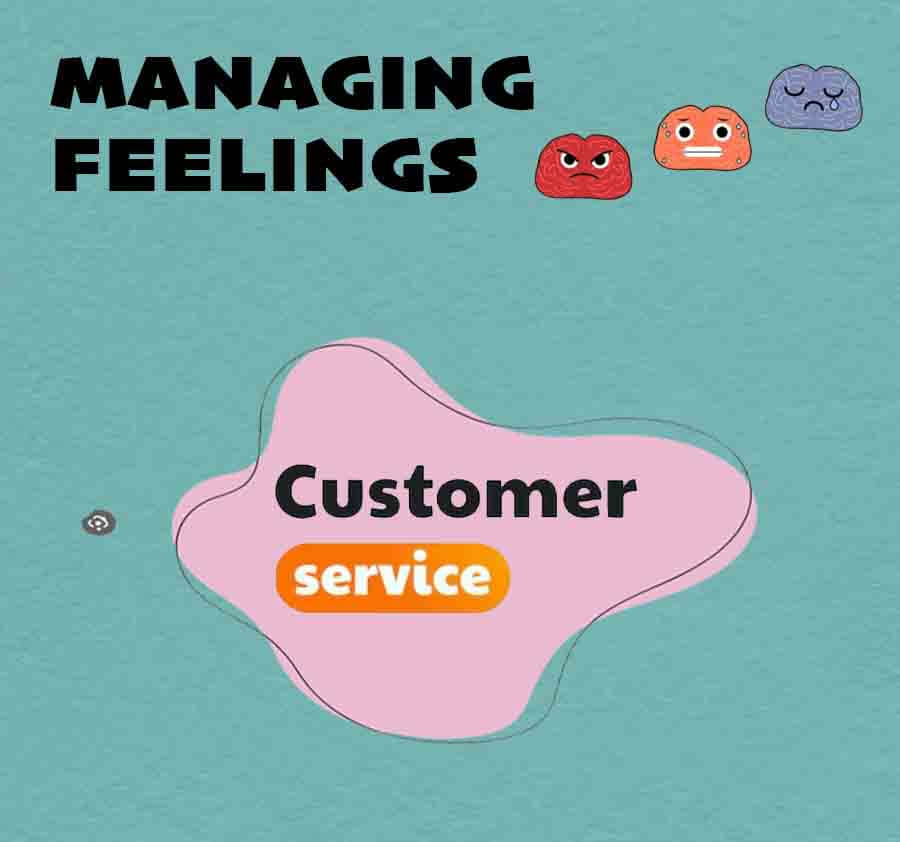

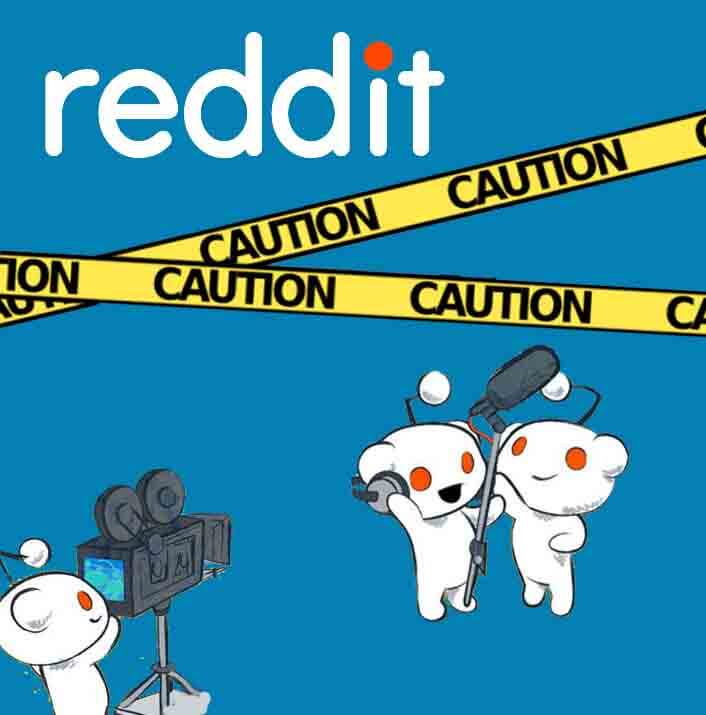
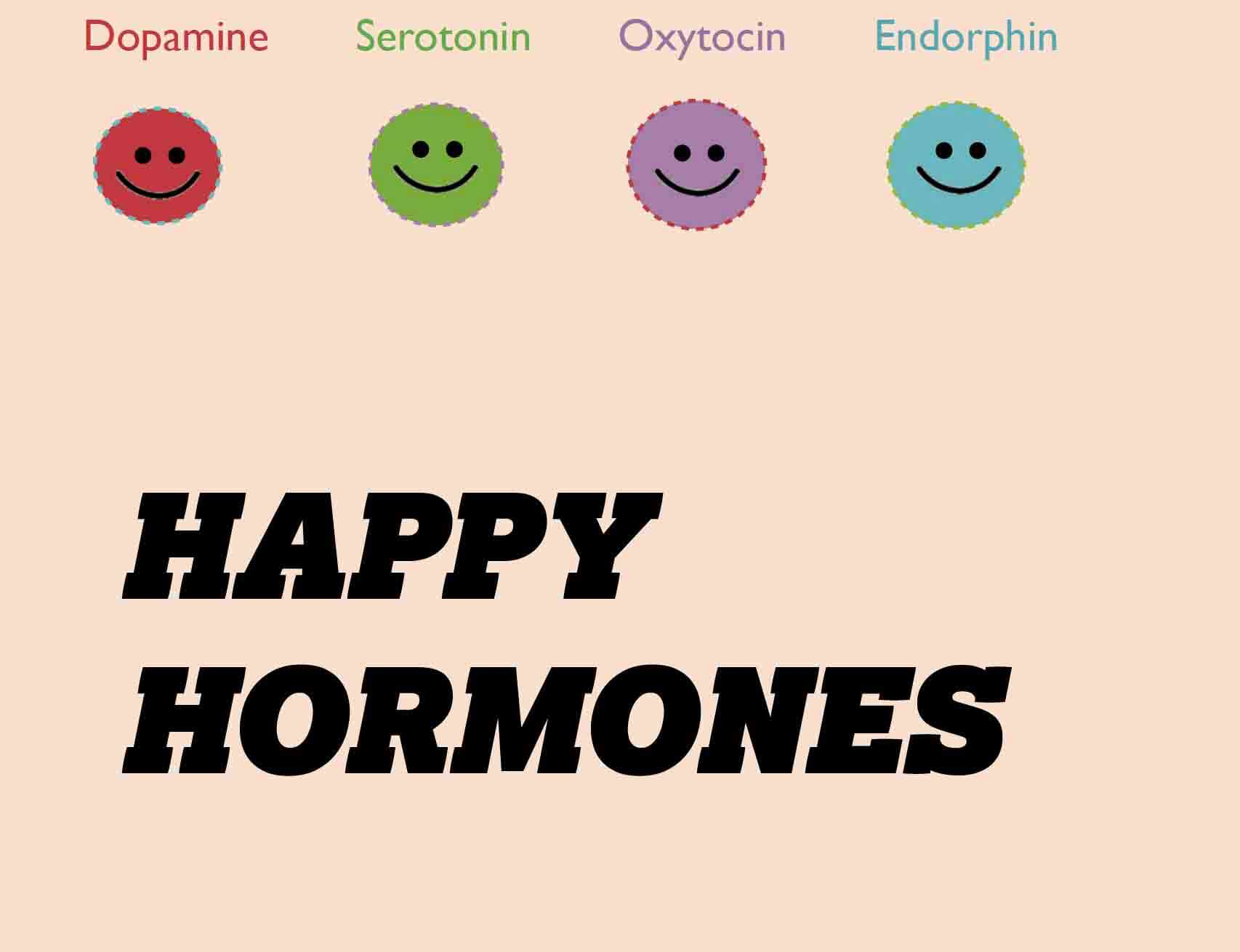
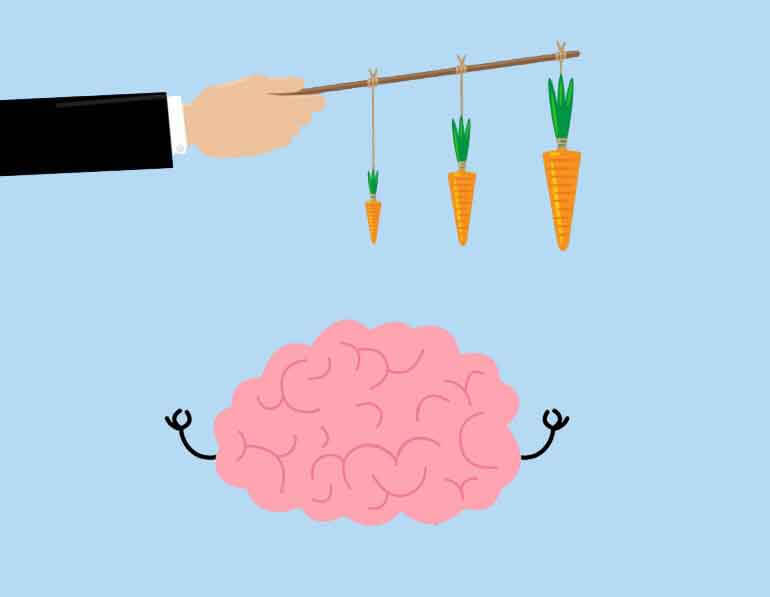

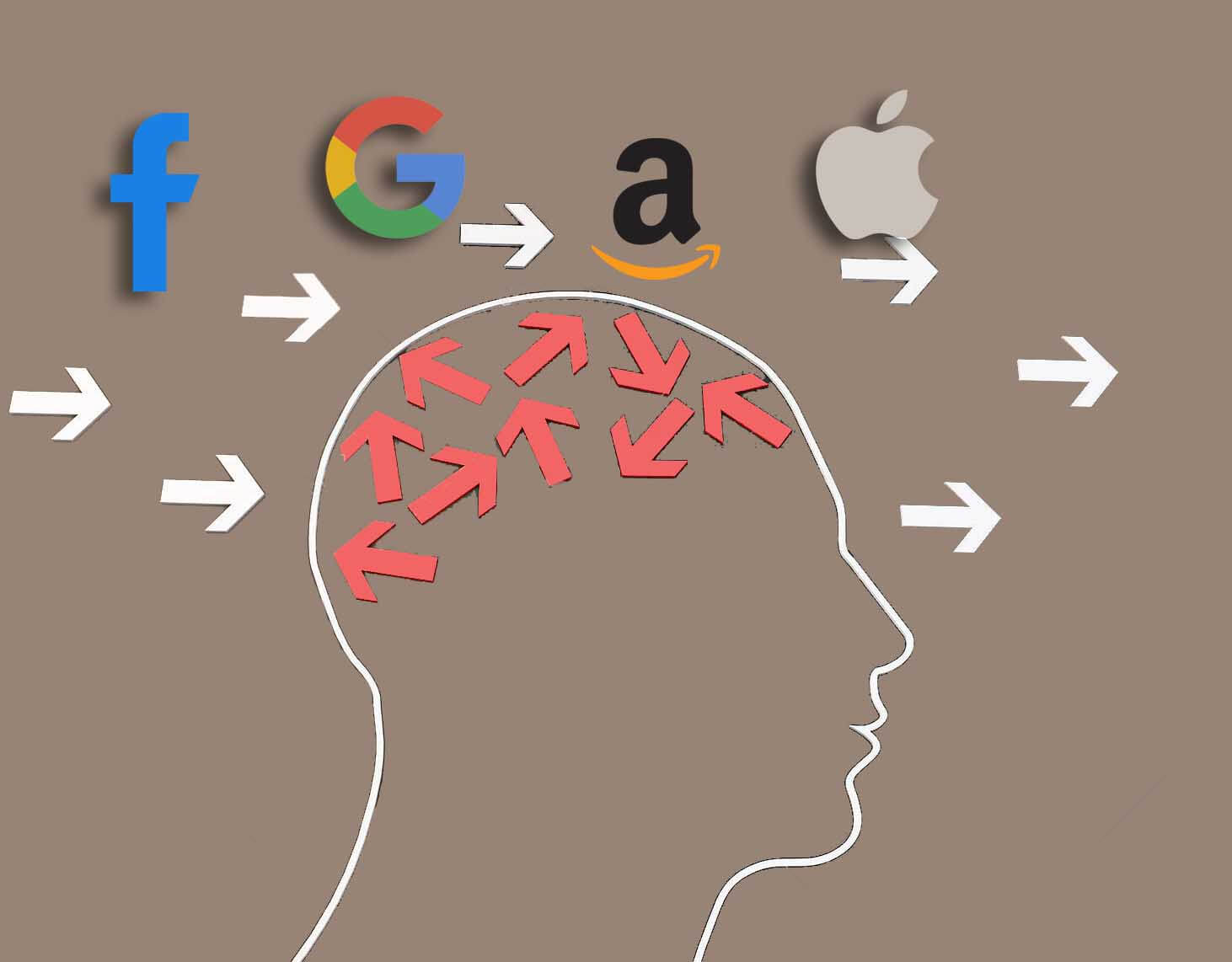
 Swipe for more stories
Swipe for more stories
Comments